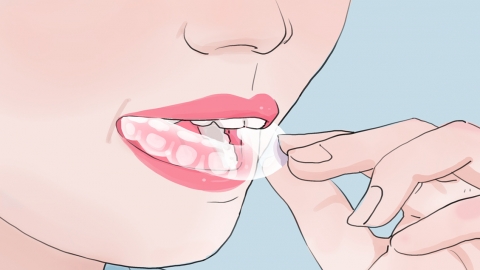What are the steps involved in the orthodontic treatment process?
Generally, the process of orthodontic treatment includes initial examination and diagnosis, formulation of a treatment plan, wearing of orthodontic appliances, regular follow-up visits, and removal of the appliances. A detailed breakdown is as follows:

1. Initial Examination and Diagnosis
Initial orthodontic diagnosis involves observing the alignment of the teeth and occlusal relationships, as well as evaluating the health of the periodontal tissues. Additionally, photographs of the face, teeth, and oral cavity from various angles are taken, and dental models are made. These records will be used to develop a personalized treatment plan.
2. Formulation of a Treatment Plan
Based on the results of the initial examination and diagnosis, the orthodontist will develop a detailed treatment plan for the patient. This plan outlines the treatment goals, methods, duration, and frequency of follow-up visits. According to the patient's specific conditions and needs, the orthodontist will recommend the most suitable type of orthodontic appliance, such as metal brackets, ceramic brackets, or clear aligners.
3. Wearing the Orthodontic Appliance
After the treatment plan is established, the next step is to prepare and fit the orthodontic appliance. The orthodontist will create space between the teeth, which allows the appliance to fit more closely against the teeth. Once the appliance is placed, the patient will need some time to adjust. Discomfort may occur initially but will gradually subside over time.
4. Regular Follow-Up Visits
Follow-up visits are conducted to assess the movement of the teeth, check the condition of the orthodontic appliance, and make necessary adjustments. These adjustments may include replacing archwires, modifying bracket positions, or adding auxiliary devices to ensure the appliance continues to apply the correct forces to the teeth.
5. Removal of the Orthodontic Appliance
When the teeth have moved into their desired positions and the expected orthodontic outcome has been achieved, the orthodontist will schedule the removal of the appliance. After removal, the patient's teeth will appear neatly aligned, and the occlusal relationship will have improved.
It is important to regularly clean the appliance using a toothbrush, toothpaste, or specialized cleaning solution to maintain its clarity and cleanliness. Additionally, excessive consumption of sugary foods and beverages should be avoided to prevent dental caries and maintain overall dental health.









